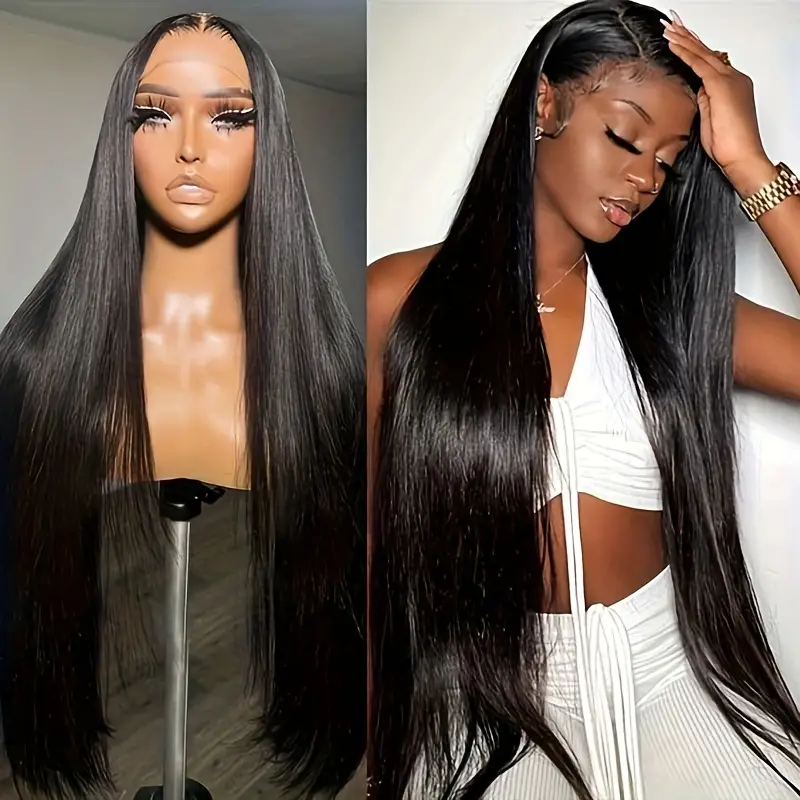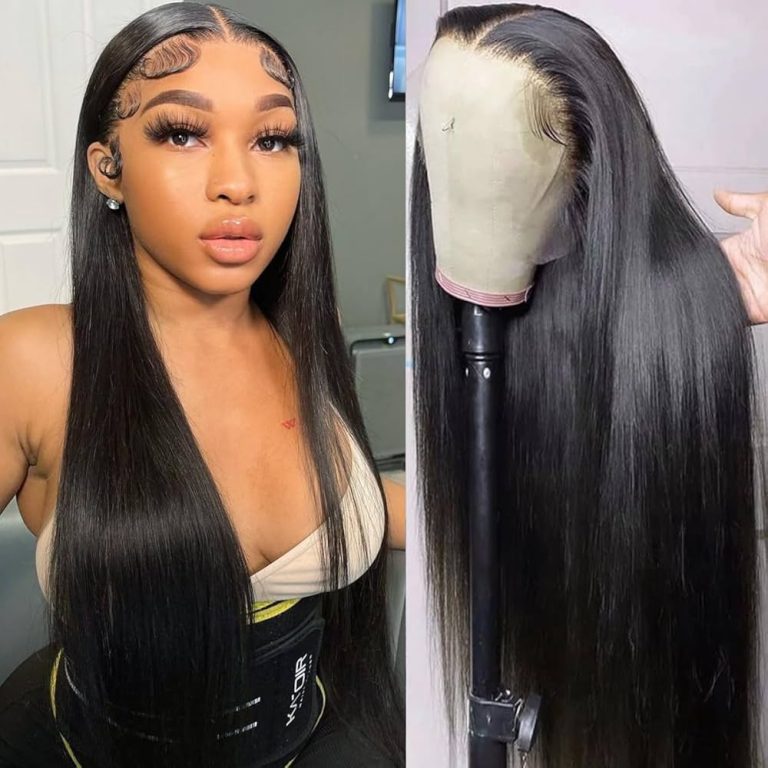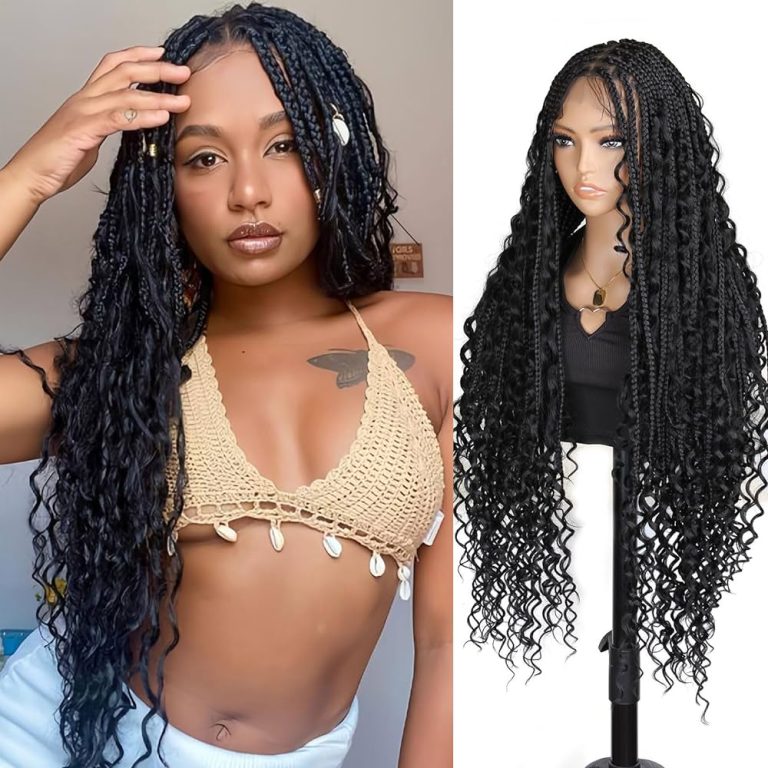
Long Hair Wig: Transforming Your Look with Luscious Locks
Embracing Versatility and Style with Long Hair Wigs
Long hair wigs offer an instant transformation, allowing wearers to dramatically change their appearance without the commitment of growing out natural hair. These versatile hairpieces provide endless styling options, from sleek and straight to voluminous and curly. Whether seeking a temporary change, addressing hair loss, or enhancing natural hair, long hair wigs cater to a wide range of needs and preferences. This comprehensive guide will explore the world of long hair wig, covering types, materials, styling techniques, and maintenance tips to help readers make informed decisions and get the most out of their wigs.
Types of Long Hair Wigs: Finding Your Perfect Match
Long hair wigs come in various types, each offering unique benefits and characteristics. Human hair wigs provide the most natural look and feel, allowing for versatile styling options including heat styling. These wigs can be dyed, cut, and treated much like natural hair, offering unparalleled customization. Synthetic wigs, on the other hand, offer affordability and low maintenance. Modern synthetic fibers can closely mimic the appearance of human hair while retaining their style even after washing. Blend wigs combine human and synthetic hair, offering a balance between natural appearance and durability.
Lace front wigs feature a sheer lace panel at the front hairline, creating the illusion of natural hair growth for a seamless look. Full lace wigs have lace covering the entire cap, allowing for versatile parting and styling options. Monofilament wigs use a fine mesh material at the crown or throughout the cap, mimicking the appearance of a natural scalp and allowing for multi-directional parting. Hand-tied wigs offer the most natural movement and are ideal for those with sensitive scalps. Each type of wig has its pros and cons, and the choice depends on factors such as budget, desired level of realism, and intended use.
Choosing the Right Long Hair Wig: Considerations for Style and Fit
Selecting the perfect long hair wig involves considering several factors to ensure both style and comfort. Face shape plays a crucial role in determining the most flattering wig style. Oval faces can carry off most styles, while round faces benefit from wigs with volume at the crown and longer lengths to elongate the face. Square faces look great with wigs featuring soft layers and side-swept bangs to soften angular features. Heart-shaped faces are complemented by wigs with fullness at the jaw level to balance wider foreheads.
The desired level of maintenance should also factor into the decision, with synthetic wigs generally requiring less upkeep than human hair wigs. Color selection is another important consideration, with options ranging from natural shades to vibrant hues. For a natural look, choose a color that complements skin tone and eye color. Cap construction affects both comfort and styling versatility, so consider factors such as breathability, adjustability, and parting options.
Lifestyle needs should influence the choice, with active individuals perhaps preferring shorter lengths or more secure cap constructions. Budget considerations will help narrow down options, but it’s important to balance cost with quality and longevity. When possible, try on wigs or use virtual try-on tools to get a sense of how different styles look. Consulting with a wig specialist can provide valuable insights and help in finding the perfect long hair wig to suit individual needs and preferences.
Styling Long Hair Wigs: Techniques for Achieving Diverse Looks
Long hair wigs offer a canvas for creativity, allowing wearers to experiment with various styles. For human hair wigs, heat styling tools can create everything from sleek straight looks to bouncy curls. When using heat tools, always apply a heat protectant product to prevent damage. Synthetic wigs, while generally not heat-friendly, can be styled using steam or specialized heat-friendly tools designed for synthetic fibers.
Braiding techniques work well on long hair wigs, creating intricate styles like fishtail braids, Dutch braids, or romantic crown braids. Updos such as buns, chignons, and ponytails offer elegant options for formal occasions. To add volume, use a teasing brush at the roots, focusing on the crown area. For beachy waves, braid damp hair (human hair wigs) or use foam rollers (synthetic wigs) and let it air dry. Accessories like headbands, clips, and scarves can add flair to long hair wig styles.
Layering techniques can be used to create movement and dimension, but should be done by a professional to maintain the wig’s integrity. For a natural-looking part, use a rattail comb to create definition and apply concealer or wig powder to mimic scalp appearance. Experiment with different parting styles – middle, side, or zigzag – to change up the look. Remember to be gentle when styling to preserve the wig’s quality and longevity.
Caring for Long Hair Wigs: Maintenance Tips for Longevity
Proper care and maintenance are essential for keeping long hair wigs looking their best. Washing frequency depends on wear frequency and environmental factors, but generally, wigs should be washed every 6-8 wears or when product buildup becomes noticeable. Use specialized wig shampoo and conditioner, avoiding regular hair products which can be too harsh. For human hair wigs, wash in lukewarm water using gentle, downward strokes.
Synthetic wigs should be washed in cool water to prevent fiber damage. After washing, gently squeeze out excess water using a towel – never wring or twist the wig. Apply a leave-in conditioner to keep the hair soft and manageable. Air dry the wig on a wig stand to maintain its shape, avoiding direct sunlight or heat sources. Brush the wig gently using a wide-toothed comb or specialized wig brush, starting from the ends and working up to the roots. Store the wig on a wig stand or in its original packaging when not in use to maintain its shape and prevent tangling.
For long-term storage, consider using a silk or satin bag to protect the wig from dust and friction. Avoid sleeping or showering while wearing the wig to prevent tangling and excessive wear. Regularly trim the ends of human hair wigs to prevent split ends and maintain a healthy appearance. For synthetic wigs, use fabric softener or specialized wig conditioning spray to restore shine and manageability. By following these care instructions, long hair wigs can maintain their beauty and quality for an extended period.
Addressing Common Concerns: Solutions for Long Hair Wig Wearers
Long hair wig wearers often encounter specific challenges that require targeted solutions. Tangling is a common issue with longer wigs; prevent this by gently brushing the wig daily and avoiding friction against clothing or during sleep. For persistent tangles, use a detangling spray and work through knots carefully with fingers or a wide-toothed comb. Frizz can be managed with anti-frizz serums or by lightly misting the wig with water and applying a leave-in conditioner.
Flattening at the crown is another frequent concern; combat this by using a volumizing mousse or gently teasing the roots. Wig slippage can be addressed by using wig grips, adhesive tape, or adjusting the wig’s internal straps for a more secure fit. Itchy scalp from wig wear can be alleviated by using a wig cap liner or applying witch hazel to the scalp before wearing. Color fading, particularly in human hair wigs, can be minimized by using color-safe products and avoiding excessive sun exposure.
For synthetic wigs that have lost their shine, a silicone spray can restore luster. Dealing with a visible hairline is a common concern with lace front wigs; address this by carefully trimming excess lace and applying concealer or wig powder to blend the lace with skin tone. Heat damage in human hair wigs can be repaired using deep conditioning treatments or protein treatments designed for wigs. By proactively addressing these common issues, wig wearers can ensure their long hair wigs remain beautiful and comfortable for extended periods.
The Future of Long Hair Wigs: Innovations and Trends
The world of long hair wigs continues to evolve, with new technologies and trends emerging regularly. Advancements in synthetic fiber technology are producing increasingly realistic wigs that can withstand heat styling, blurring the line between synthetic and human hair options. 3D printing technology is being explored for creating custom wig caps that perfectly fit individual head shapes, improving comfort and security. Smart wigs, incorporating technology for health monitoring or augmented reality experiences, represent an exciting frontier in wig innovation.
Sustainable and eco-friendly wig options are gaining popularity, with manufacturers exploring recycled and plant-based fibers. The trend towards inclusivity is driving the development of wigs designed specifically for diverse hair textures and cultural styles. Virtual try-on technology is becoming more sophisticated, allowing customers to visualize different wig styles before purchasing. The rise of social media influencers specializing in wig wear is democratizing information and techniques, making wig use more accessible to a broader audience.
Customization services are expanding, with more companies offering personalized coloring, cutting, and styling options for wigs. As the stigma around wig-wearing continues to diminish, the market for fashion wigs – worn purely for style rather than necessity – is growing. This trend is likely to drive further innovations in design and materials. The integration of wigs into mainstream fashion is expected to continue, with high-end designers incorporating wigs into runway shows and collections. As technology and fashion continue to intersect, the future of long hair wigs promises even more exciting developments in realism, customization, and functionality.





